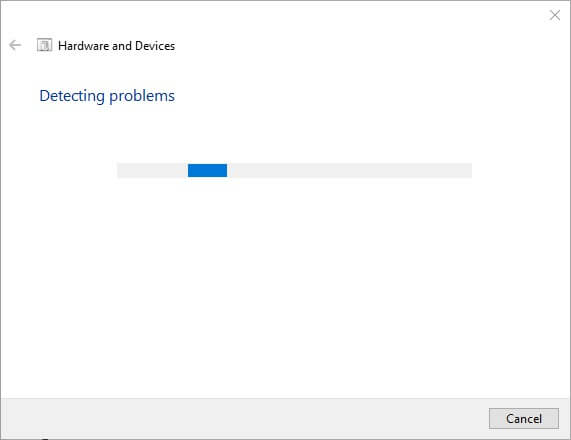
Just as a heads up, the 3TB and 4TB versions of My Passport sound perfectly normal upon powering on, even when they have light mechanical damage. We see those My Passports every day requiring firmware modifications, mechanical work, etc after they have been pounded by trivial attempts to read data from. Anything beyond that is jeopardizing with the owner's data. When the drive mounts and posts the correct capacity and there aren't many bad sectors, sure, ddrescue or whatever basic imaging/cloning tool, that has bad sectors skipping functionality, could work and succeed in obtaining a decent outcome. The longer the drive stays powered on as is, the more of this reallocation is happening in the background. Furthermore, the drive's firmware, internally, is reallocating bad sectors to defect lists, trying to cope with the deteriorated condition, potentially chugging away data from sectors belonging to files. Now, as is, every single time the drive is being connected, the host OS not only tries to read data from the drive over and over excessively, but also potentially tries to write to drive (as most OSes are designed to run checkdisk scans and what not). The drive has reading issues, where "reading" means the heads being able to read the firmware (the main firmware is stored on the disks, which is where the capacity/size of the drive is coming from and posting to the host OS) and, further, user data. Maybe something from or anyone who's ran into this one.Ĭlick to expand.I kindly suggest that imaging in this condition is not recommended, as it is not in the end user's best interest (the owner of the data). but curious if anyone has some ideas before I quit on this one. Matching Device Id: USB\Class_08&SubClass_06&Prot_50

Last Device Instance Id: USB\VID_05DC&PID_A83A\AA45RZA9QDSIIRQ1ZHĬlass Guid:


 0 kommentar(er)
0 kommentar(er)
